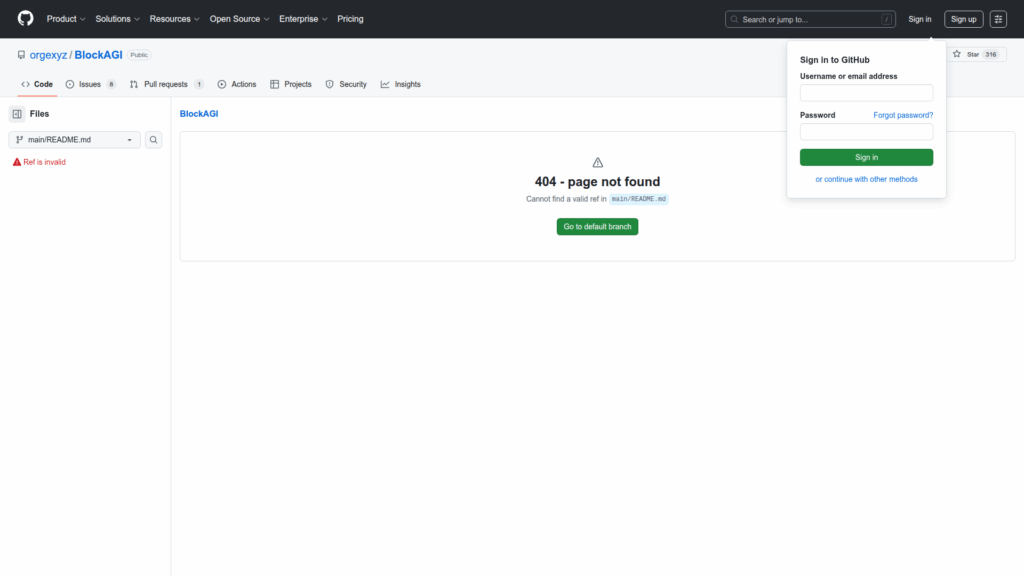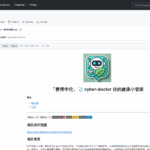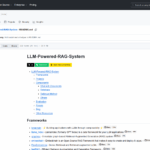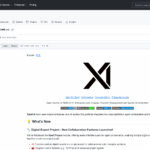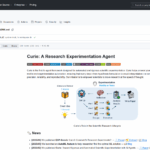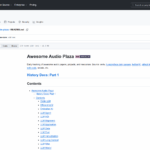BlockAGI
Basic Information
BlockAGI is presented as a self-hosted, hackable research agent inspired by AutoGPT. The repository is intended to provide a platform for running or customizing an autonomous research-focused agent on private infrastructure. From the available signals the project is positioned for users who want a locally hosted, modifiable agent for research tasks, experiments, or automation workflows rather than a hosted SaaS product. The public repository is under the orgexyz organization and shows community interest via stars and forks, but the main README file appears missing or inaccessible in the provided snapshot, so installation, architecture and usage details are not available in this excerpt.
Links
Stars
314
Language
Github Repository
Categorization
App Details
Features
Signals in the repository description indicate these core attributes: self-hosted deployment to keep computation and data under user control, a hackable design intended for modification and experimentation, and an agent-oriented approach modeled on AutoGPT for autonomous research tasks. The repo is open-source with visible community engagement (stars and forks). Documentation appears incomplete in the provided view because the main README is not present, so explicit features, integrations, runtime requirements and configuration options are not visible from the supplied material.
Use Cases
BlockAGI can help teams or individuals who want to prototype, run, or extend an autonomous research agent while retaining control over their environment and data. Its hackable stance implies it is suitable for experimentation, adding custom behaviors, and integrating into private workflows. Being self-hosted can improve privacy and reproducibility for research tasks compared with hosted services. Community signals suggest others have evaluated or experimented with the project, but due to missing README content in the provided snapshot, users should inspect the repository directly for concrete setup instructions, supported backends, and safety or resource implications before deploying.

